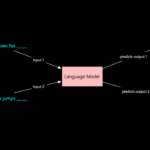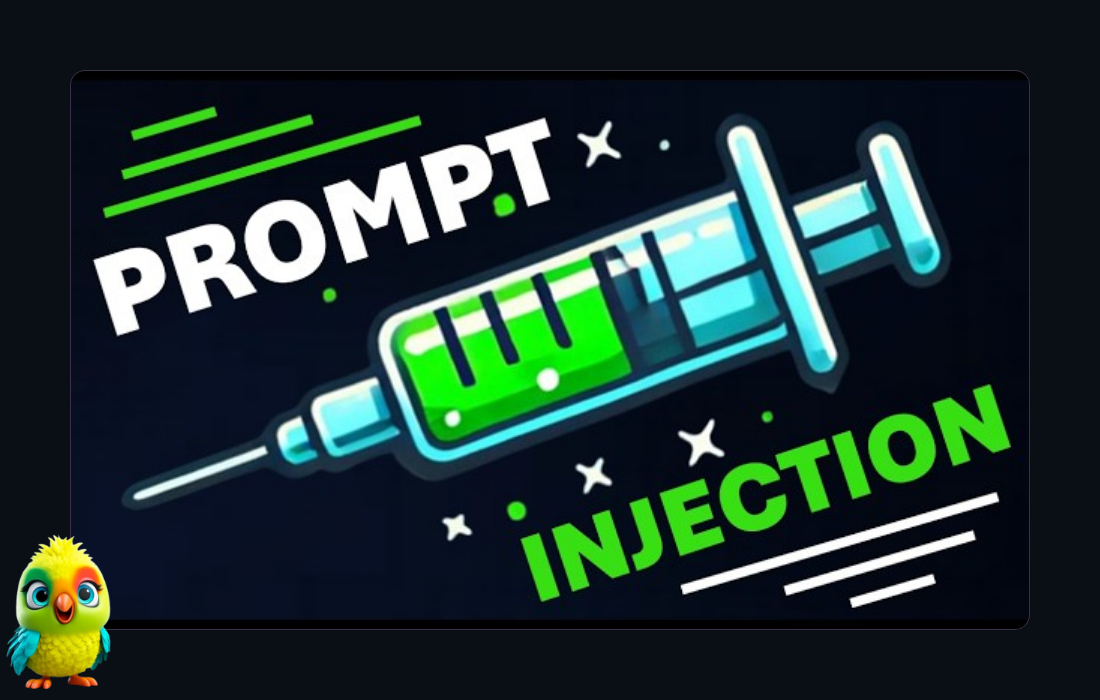The world of AI is often obsessed with scale: bigger models, more parameters, and massive computational demands. But what if the key to unlocking next-generation applications isn’t more power, but smarter, more efficient models? Google’s latest release, EmbeddingGemma, proves exactly that.
Announced on September 4, 2025, EmbeddingGemma is a state-of-the-art multilingual embedding model designed from the ground up for efficiency and speed. With a compact 308 million parameters and support for over 100 languages, it’s poised to revolutionize on-device AI applications like mobile RAG pipelines, intelligent agents, and real-time semantic search.
Read: Apple iPhone 17 Launch – Everything You Need to Know
Let’s dive into what makes EmbeddingGemma special and how you can start using it today.
What Are Text Embeddings, and Why Do They Matter?
Before we get to the model itself, let’s set the stage. Text embeddings are the unsung heroes of modern AI. They convert words, sentences, and documents into dense numerical vectors (a series of numbers) that capture their meaning, sentiment, and intent.
This transformation is magical because it allows computers to understand and work with language mathematically. You can then:
Search for semantically similar documents (e.g., finding support articles that match a user’s problem, even if they use different words).
Cluster large volumes of text by topic.
Power Retrieval-Augmented Generation (RAG), where an AI retrieves relevant information before generating an answer, drastically improving accuracy.
These models are incredibly popular, with over 200 million monthly downloads on Hugging Face alone. EmbeddingGemma enters this space as the most capable small multilingual model available.
Read: The Core of RAG Systems: Embedding Models, Chunking, Vector Databases
Under the Hood: The Architecture of Efficiency
EmbeddingGemma isn’t just a scaled-down large language model (LLM). It’s a cleverly engineered system built for a specific purpose.
Gemma3 Backbone, Supercharged: It uses the powerful Gemma3 transformer architecture but with a crucial twist: it employs bi-directional attention. Unlike LLMs that only look at previous tokens (causal attention), EmbeddingGemma can understand the full context of a sentence by allowing tokens to attend to all other tokens in the sequence. This encoder-style architecture is proven to outperform decoders on retrieval tasks.
Smart Output Processing: The model uses mean pooling to convert individual token embeddings into a single text embedding. This is then passed through two dense layers to produce the final 768-dimensional vector.
Matryoshka Doll Design (MRL): A brilliant feature called Matryoshka Representation Learning means you can truncate this 768-dimensional vector to 512, 256, or even 128 dimensions on demand. This drastically reduces memory usage and speeds up processing with only a minimal drop in performance, perfect for resource-constrained environments.
Trained on a massive, filtered multilingual corpus of roughly 320 billion tokens, EmbeddingGemma delivers top-tier performance while maintaining a tiny footprint—under 200MB of RAM when quantized.
Read: TempleOS Exploring the Public Domain 64-Bit Operating System
Benchmark Dominance
How does it stack up? EmbeddingGemma was evaluated on the Massive Text Embedding Benchmark (MTEB) and its multilingual counterpart (MMTEB), which tests models across a wide range of tasks and languages.
The result? At the time of its release, it ranked as the highest-performing text-only multilingual embedding model with under 500 million parameters. It consistently beats comparable models, proving that you don’t need brute force to achieve state-of-the-art results.
Read: What Is a Prompt Injection Attack?
How to Use EmbeddingGemma: Code Examples
The best part of EmbeddingGemma is its seamless integration into the modern AI ecosystem. Here’s how to get started with some popular frameworks.
1. Sentence Transformers (The Simplest Way)
1 2 3 4 5 6 7 8 9 10 11 12 13 14 15 16 | from sentence_transformers import SentenceTransformer model = SentenceTransformer("google/embeddinggemma-300m") query = "Which planet is known as the Red Planet?" documents = [ "Venus is Earth's twin...", "Mars, known for its reddish appearance...", ] query_embedding = model.encode_query(query) document_embeddings = model.encode_document(documents) # Find the most relevant document similarities = model.similarity(query_embedding, document_embeddings) ranking = similarities.argsort(descending=True)[0] print(f"Top result: {documents[ranking[0]]}") |
2. LangChain & FAISS for Retrieval
1 2 3 4 5 6 7 8 9 10 11 12 13 14 | from langchain_community.vectorstores import FAISS from langchain_huggingface.embeddings import HuggingFaceEmbeddings embedder = HuggingFaceEmbeddings( model_name="google/embeddinggemma-300m", query_encode_kwargs={"prompt_name": "query"}, encode_kwargs={"prompt_name": "document"} ) # Create your vector store and search! vector_store = FAISS.from_documents(documents, embedder) results = vector_store.similarity_search("Which planet is red?", k=3) |
The model is also supported in LlamaIndex, Haystack, txtai, and can even run 100 Percent in your browser using Transformers.js. For production-scale deployment, you can serve it efficiently with Text Embeddings Inference (TEI).
A Crucial Tip: Use the Prompts!
EmbeddingGemma was trained with specific prompt prefixes for different tasks (e.g., "task: search result | query: " for queries). Using these is essential for optimal performance. Most frameworks (like Sentence Transformers) handle this automatically, but if you’re using the raw transformers library, remember to prepend them yourself.
Supercharging for Your Domain: Fine-Tuning
The base model is powerful, but its true potential is unlocked through fine-tuning on your specific data. We demonstrated this by fine-tuning EmbeddingGemma on the Medical Instruction and Retrieval Dataset (MIRIAD).
Read: The AI Battle Between Mark Zuckerberg and Sam Altman
The results were staggering.
Our custom model, sentence-transformers/embeddinggemma-300m-medical, achieved a new state-of-the-art NDCG@10 score of 0.8862 on the task of retrieving medical paper passages. It didn’t just improve; it outperformed every other general-purpose model on the leaderboard, including models twice its size.
This shows that EmbeddingGemma isn’t just a great out-of-the-box tool—it’s an excellent foundation for building domain-specific champions.
The Future is Efficient and Multilingual
EmbeddingGemma represents a significant shift in AI development. It moves away from the “bigger is better” paradigm towards a future of highly efficient, specialized, and accessible models.
Whether you’re building the next great mobile AI assistant, a sophisticated research tool, or a multilingual customer support system, EmbeddingGemma provides the power and efficiency to make it happen, right in the palm of your hand (or in your pocket).
Read: How a Casino’s Aquarium Became a Hacker’s Gateway
⚖️ EmbeddingGemma vs OpenAI Embeddings
| Feature | EmbeddingGemma-300M (Google, 2024) | text-embedding-3-small (OpenAI, 2023) | text-embedding-3-large (OpenAI, 2023) |
|---|---|---|---|
| Model Size | 308M parameters (~200MB quantized) | Proprietary (smaller than large) | Proprietary (much larger, billions of params) |
| Vector Dimensions | 768 (can truncate to 512/256/128 with Matryoshka learning) | 1,536 | 3,072 |
| Context Window | 2,048 tokens | 8,191 tokens | 8,191 tokens |
| Languages | 100+ multilingual | Mostly English, decent multilingual (60+ languages) | Same as small, slightly better multilingual |
| Deployment | Open-source, can run on-device (laptop, phone, edge server) | Cloud-only (OpenAI API) | Cloud-only (OpenAI API) |
| Ecosystem Support | Hugging Face, LangChain, LlamaIndex, Haystack, FAISS, Pinecone, ONNX, JS | LangChain, LlamaIndex, Pinecone, FAISS (via API) | Same as small |
| Performance (MTEB/MMTEB) | Best in sub-500M multilingual class; strong retrieval performance | Higher accuracy than Gemma in English-heavy tasks | SOTA accuracy, best embeddings on MTEB (esp. English) |
| Cost | Free (open-source) | Paid API (cheap: $0.0001 / 1K tokens) | Paid API (expensive: $0.00013 / 1K tokens) |
| Best Use Case | Privacy, offline apps, multilingual RAG, edge AI | Cheap, general-purpose embeddings | High-accuracy semantic search, enterprise RAG |
Ready to get started?
Explore the model on the Hugging Face Hub
Try out the Interactive Demo
Check out our fine-tuned medical model: sentence-transformers/embeddinggemma-300m-medical
The era of efficient, high-performance AI is here.






















